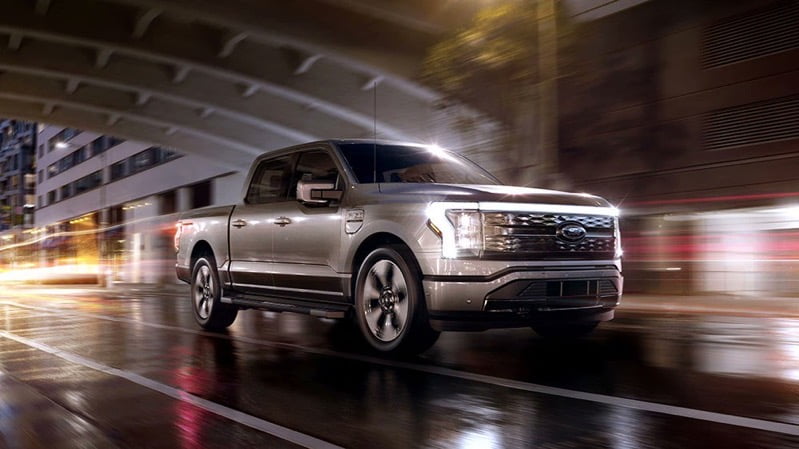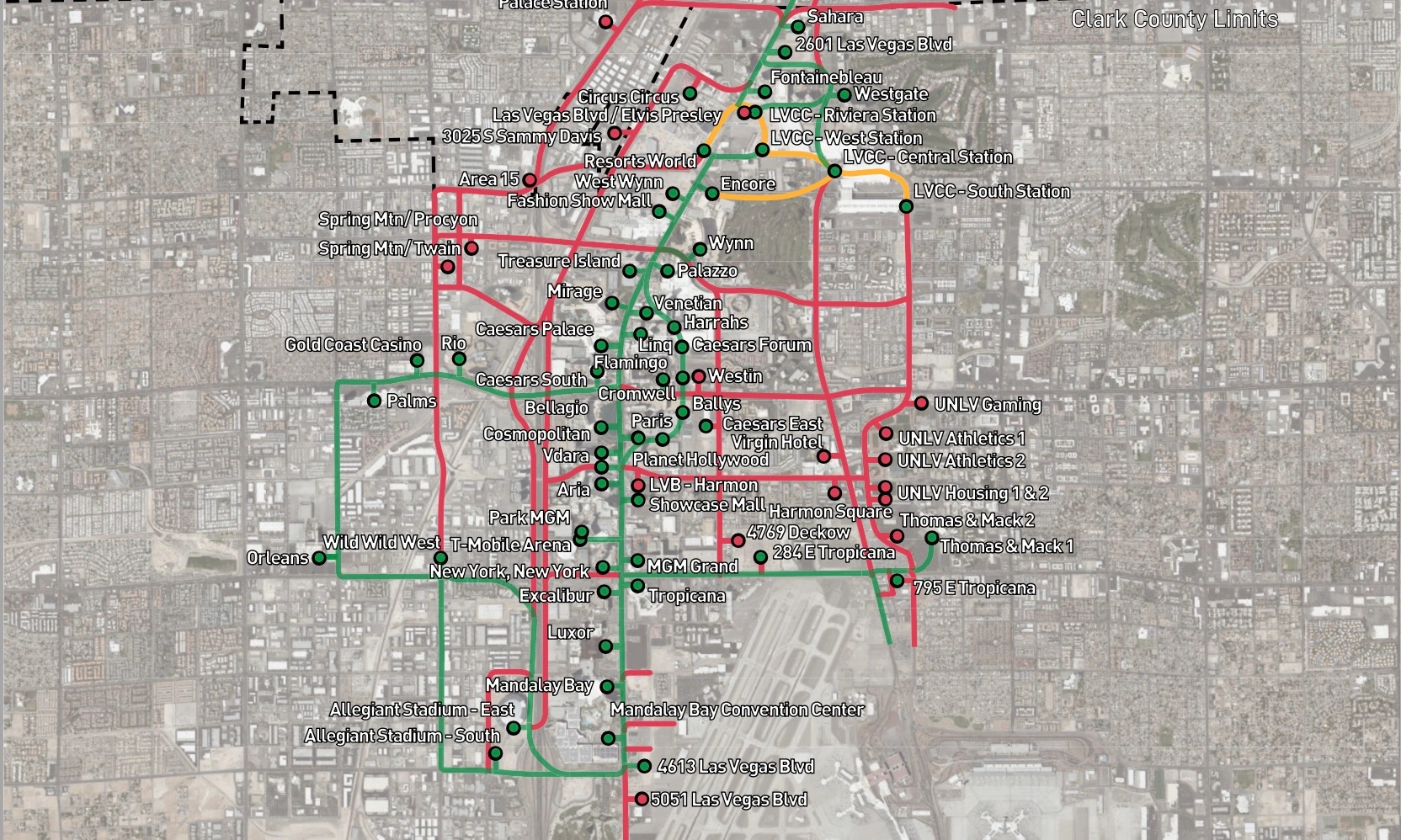
New Volkswagen CEO Ends ‘Friendly’ Rivalry with Elon Musk: Report

Photo: Volkswagen
Volkswagen Group’s new CEO, Oliver Blume, isn’t interested in continuing his predecessor Herbert Diess’s longstanding “friendly rivalry” with Tesla CEO Elon Musk — reports Fortune.
According to the publication, Blume told company managers in a meeting earlier this week that he has no plans to cozy up to the CEO of Volkswagen’s foremost competitor, which has been giving the legacy automaker a tough time in its home court of Germany.
Diess and Musk openly shared a mutual respect for each other. The former Volkswagen boss harbored immense adulation for Tesla’s production methods and Musk’s efforts to take electric vehicles (EVs) mainstream — to the point that Diess even invited Musk to address Volkswagen executives at a company event, while Musk reportedly offered the CEO job at Tesla to Diess in 2015.
“It may have helped at the beginning,” one Volkswagen insider told Fortune. “But after a while, the constant lectures praising Musk while talking down your own achievements begin to demotivate a team.”
Diess’ relationship with Musk, who is evidently against unions, was also a bone of contention between the former Volkswagen head and labor unions. “Your praise for the competition is practically damaging to the business,” the IG Metall labor union in Wolfsburg, which virtually every VW assembly line worker is a member of, previously told Diess in a newsletter.
Under Blume, however, the days of Volkswagen rolling out the red carpet for Musk are over. That said, Blume plans to continue steering Volkswagen on the path to electrification that Diess started the company on.
Volkswagen earlier this week unveiled the ID.2 concept EV, which the company said will cost less than €25,000 (about $27,000 USD). When asked if he thought Blume would invite Musk to test-drive the ID.2 like Diess did for the ID.3, VW brand chief Thomas Schäfer smiled and said, “not at all.”
According to a report from earlier this week, Volkswagen is also preparing to build its first North American battery cell plant in Canada.

